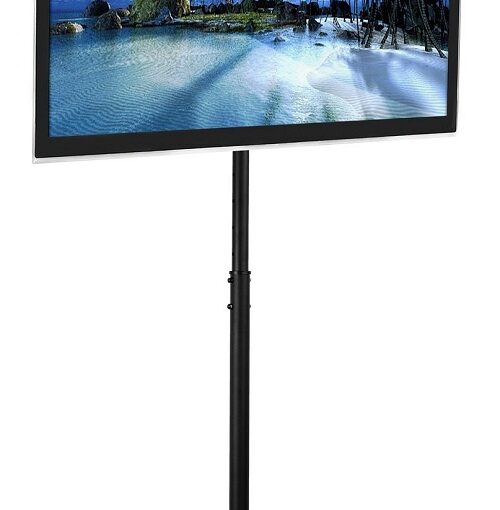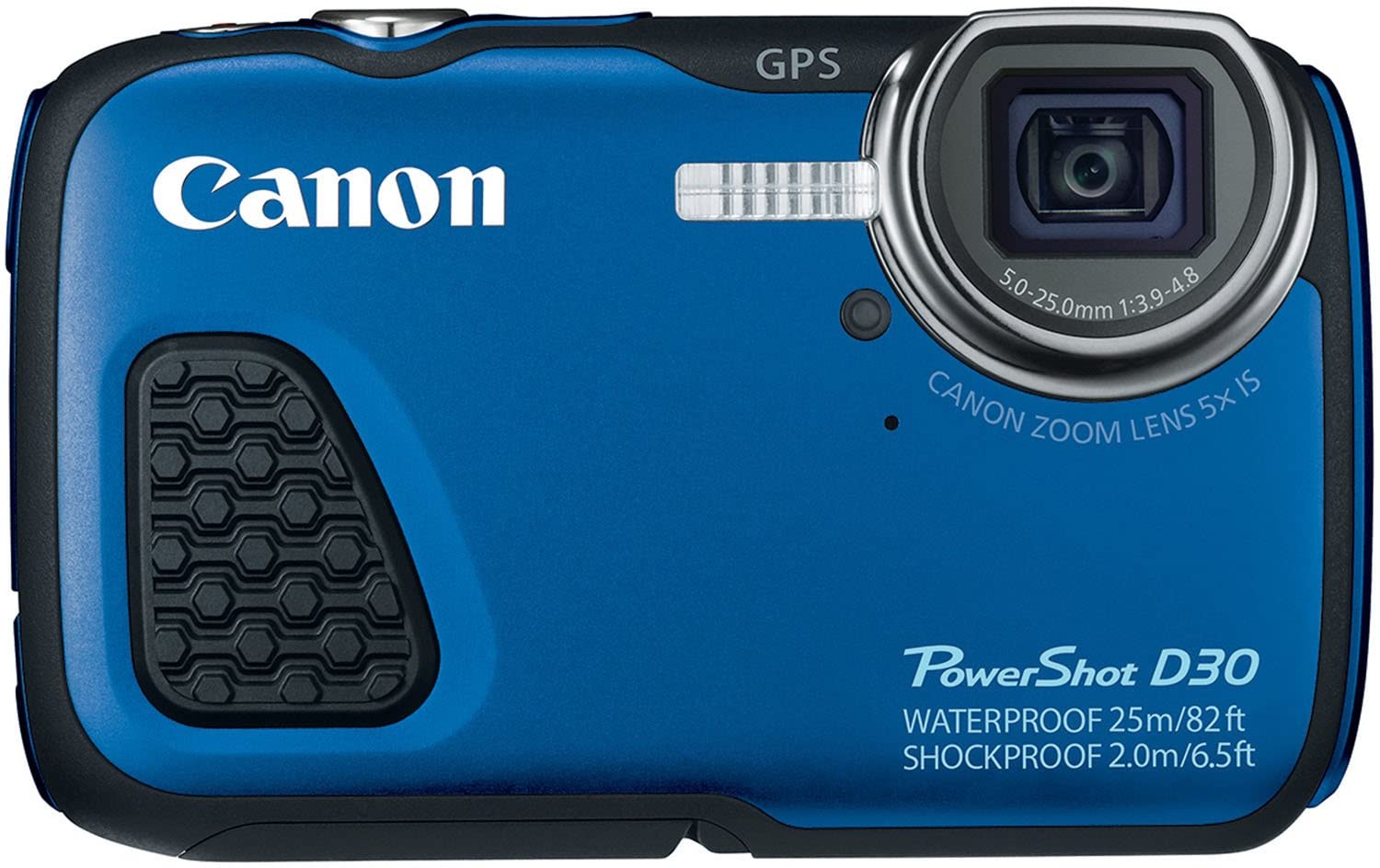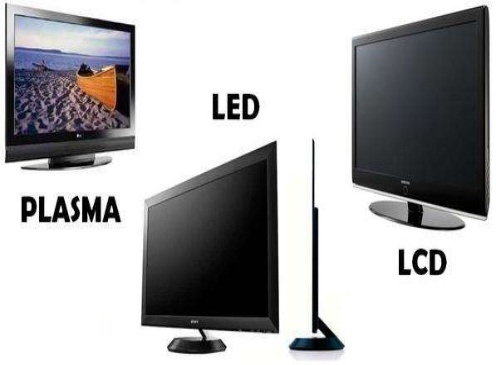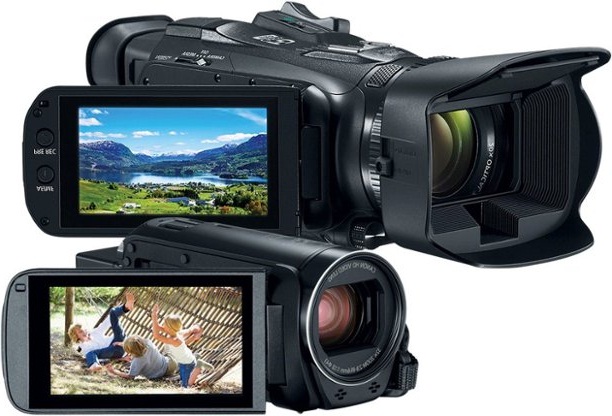EBOOK DETAILS
File Size: 1.55mb Unzipped.
Number of Pages: 1 long scrolling page.
Format: Executable (.exe)
Subject: The One Month Magnate is a step by step guide to how Tony Shepherd created a product to sell on the internet starting from scratch. That means no mailing list and no website, just his past experience.
ABOUT TONY SHEPHERD (AUTHOR OF THE ONE MONTH MAGNATE)
Tony Shepherd is one of the UK’s most private Internet Marketers. Co-owner of Laycock Publishing with marketing guru Sara Brown, Tony has written several books and made his living from the Internet for a number of years. Tony usually writes under different names and keeps his private life away from work, making sure the latter is kept to a minimum.
ABOUT THE EBOOK
The One Month Magnate shows how Tony Shepherd given a computer and an Internet connection went from earning nothing to over $4,000 in 30 days. He did not use a website or his mailing list. The ebook tells in great detail, with screenshots and links, how Tony did this. He divulges all the tools he used and exactly how he did it. In his own word “I follow this blueprint every time I’m setting up a new business.”
In the ebook Tony discusses:
· How most Internet users willingly tell you what they’re prepared to pay money for, without you even realising!!
· How experience is NOT Important!!
· The blueprint he uses to launch all his new businesses!!
· Why he will never work for an Employer again!!
· How he did it EXACTLY including the EXACT amount of money earned, and the EXACT way he implemented the blueprint, with screenshots to illustrate this!!
· How to become an Expert in your chosen field!!
· How to use free gifts to make Money!!
· How experts can help you make money for Free!!
· What he would have done the following month to increase his Profits!!
The process Tony follows involves three main stages; Research, Becoming an Expert, and Marketing and Selling the Product. In the research stage, Tony tells you all the tools he uses to decide upon and research his product. Then he tells you about the sources he uses to become an expert in this field. Finally, Tony tells you the methods he would use to market and sell his product (without a website remember). On top of this there is even a bonus section outlining what Tony would have done if he had an extra 11 days to market his product.
Upon reading this ebook I was very impressed. Firstly, impressed about the amount of money Tony actually made, and secondly I was impressed about the level of honesty and detail within the ebook. Tony tells you exactly what he did and what he didn’t. For example, Tony admits that he didn’t set up a website to promote his product because he didn’t have time. It definitely gives you an interesting idea on how 30 days hard work could potentially provide you with a regular income.
This ebook is aimed at readers who have a reasonable knowledge of Internet Marketing. You will need to know how to use forums, how to create the product you decide upon, and how to accept payments online. If you do not yet know how to do this then some research is required. You can easily do this by searching on http://www.google.com/. Once you have done the above, I would heartily recommend this ebook as it provides one of the most in-depth looks I have come across on researching, promoting, and selling a product on the Internet, in such a short period. Obviously, if you had longer you would be able to market your product in much greater depth and perhaps use more methods to do so, but given the short-time period, this is a seriously impressive ebook.
GOOD POINTS
· Gives readers a step by step system with screenshots that can easily be applied to almost any product.
· The section on how to become an expert with no prior knowledge of the field is particularly useful. With this information, the products you could release are virtually limitless.
· All the methods of promotion outlined are very effective yet require no financial expenditure.
· The methods used will generate residual income i.e. Tony would have generated at least the same amount of money every consecutive month, following this blueprint.
· The style of writing is to the point and easy to follow.
· The text is broken up by images making it easier to read.
BAD POINTS
· The ebook is mainly aimed at the short-term even though Tony does say what he would have done in the next 10 days (medium-term). It does not discuss more long-term forms of Internet Marketing.
· Although it touches on a lot of key Internet Marketing methods, it does not go into great detail on them.
· It leaves you wondering what other ebooks Tony Shepherd has written (under his other aliases) with no way to find out.
HOW I HAVE GAINED FROM THE ONE MONTH MAGNATE
At the moment I have not implemented the ideas from The One Month Magnate, as I am focusing at the moment on creating an ebook on a field in which I am quite knowledgeable. However, this ebook is definitely going to be useful for future reference. I can definitely see myself creating some successful products by following Tony’s blueprint.








